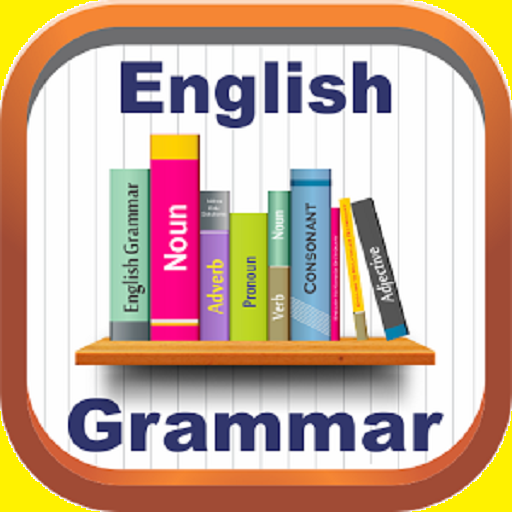English Grammar for Kids
Understanding English grammar can be fun and engaging for kids. Here are some fundamental concepts explained in a simple and interactive way:
1. Parts of Speech
Nouns: Words that name a person, place, thing, or idea.
- Examples: dog, cat, school, happiness.
- Activity: Have kids identify nouns in their favorite storybooks.
Pronouns: Words that take the place of nouns.
- Examples: he, she, it, they.
- Activity: Create sentences and ask kids to replace the nouns with pronouns.
Verbs: Words that show action or state of being.
- Examples: run, jump, is, are.
- Activity: Play "Simon Says" using action verbs.
Adjectives: Words that describe nouns.
- Examples: happy, blue, tall.
- Activity: Have kids describe their favorite toys using adjectives.
Adverbs: Words that describe verbs, adjectives, or other adverbs.
- Examples: quickly, very, well.
- Activity: Ask kids to act out actions and describe how they are doing them.
Prepositions: Words that show the relationship between a noun (or pronoun) and other words in a sentence.
- Examples: in, on, under, between.
- Activity: Use toys to show different positions (e.g., "The teddy is under the chair").
Conjunctions: Words that connect words, phrases, or clauses.
- Examples: and, but, or.
- Activity: Create sentences together and use conjunctions to join ideas.
Interjections: Words that express strong emotion or surprise.
- Examples: wow, ouch, hey.
- Activity: Have a fun expression session where kids shout out interjections.
2. Sentence Structure
Simple Sentences: A sentence that has one subject and one predicate.
- Example: The cat sleeps.
- Activity: Build simple sentences using word cards.
Compound Sentences: A sentence that combines two simple sentences using a conjunction.
- Example: The cat sleeps, and the dog barks.
- Activity: Use two simple sentences and ask kids to join them with a conjunction.
Complex Sentences: A sentence that has one independent clause and at least one dependent clause.
- Example: The cat sleeps while the dog barks.
- Activity: Help kids identify the main part of the sentence and the added details.
3. Punctuation
Periods (.): Used at the end of a sentence.
- Example: The cat sleeps.
- Activity: Write simple sentences and ask kids to add the period.
Question Marks (?): Used at the end of a question.
- Example: Is the cat sleeping?
- Activity: Formulate questions and identify the correct punctuation.
Exclamation Marks (!): Used to show excitement or strong emotion.
- Example: The cat is so cute!
- Activity: Write exciting sentences and punctuate them properly.
Commas (,): Used to separate items in a list or clauses in a sentence.
- Example: I bought apples, oranges, and bananas.
- Activity: Create lists and practice using commas.
4. Capitalization
- Start of Sentences: The first letter of the first word in a sentence is always capitalized.
- Example: The dog runs.
- Names and Proper Nouns: Capitalize names of people, places, and specific things.
- Example: Mary, London, Coca-Cola.
Activity: Write sentences and have kids point out where capital letters should be used.
5. Tenses
Present Tense: Describes what is happening now.
- Example: She plays.
Past Tense: Describes what has already happened.
- Example: She played.
Future Tense: Describes what will happen.
- Example: She will play.
Activity: Create a timeline and have kids place actions in the past, present, or future.
Fun Activities to Reinforce Learning
- Grammar Games: Online games and apps designed for kids to practice grammar.
- Story Writing: Encourage kids to write short stories using proper grammar.
- Flashcards: Use flashcards for parts of speech and punctuation marks.
- Grammar Songs: Sing songs that explain grammar rules.
- Interactive Worksheets: Use worksheets that involve fun grammar exercises.
By breaking down these grammar concepts into engaging and interactive activities, kids can learn the fundamentals of English grammar in a fun and memorable way.
Good Luck !


